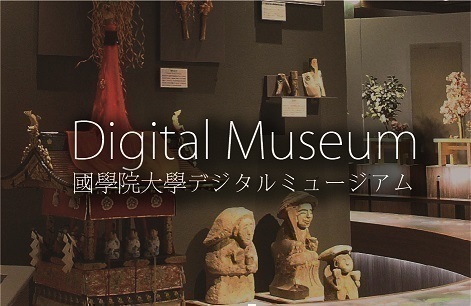- トップ
- Encyclopedia of Shinto
- Shuinchi, Kokuinchi
Encyclopedia of Shinto
| Main Menu: | |
| Links: |
詳細表示 (Complete Article)
| カテゴリー1: | 3. Institutions and Administrative Practices |
|---|---|
| カテゴリー2: | Shrine Economics |
| Title | Shuinchi, Kokuinchi |
| Text | In principle, shuinchi refers to land granted to shrines (and temples) by the shogun and sealed with a vermilion seal, while kokuinchi refers to land granted under a black seal by a daimyō (local feudal lord). In both cases, the shrine has full administrative rights over the donated land. Confirmation of these shrine lands by the shogun was undertaken periodically from the time of Tokugawa Ieyasu. The shogunal issuance of such land grants was standardized around 1665 by the fourth shogun, Ietsuna. At that time some one-thousand shrines held lands producing a total of around one-hundred fifty-thousand koku (koku was used to measure the wealth or stipend of a lord or retainer and one koku equals one-hundred eighty liters of rice), while around three-thousand six-hundred temples held lands worth about one-hundred eighty-thousand koku under vermilion seal. Shrines held about one-hundred thirty-thousand koku under kokuinchi. In this way shrines were confirmed in their landholdings by the shogun and the daimyō. The largest holding was held by Nikkō Tōshōgū (the mausoleum of Tokugawa Ieyasu) at ten-thousand koku, while the smallest holding was a mere one koku. It goes without saying that the overall contribution of shuinchi and kokuinchi to shrine economies was negligible in the case of most shrines. In fact most shrines had bought their own land or had brought disused land into cultivation, or they received rice donations from daimyō and supported themselves on that basis. All this came to an end with the 1871 Shaji jōchi rei (Ordinance regarding the Return of Shrine and Temple Lands), which confiscated all shrine lands except the keidai. — Sakamoto Koremaru |




